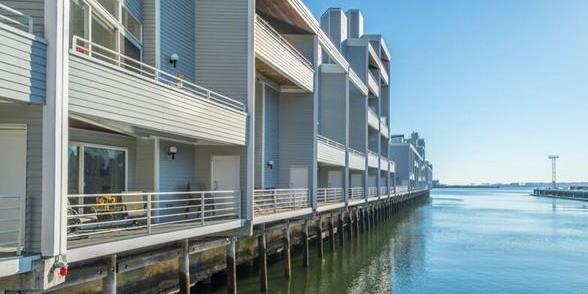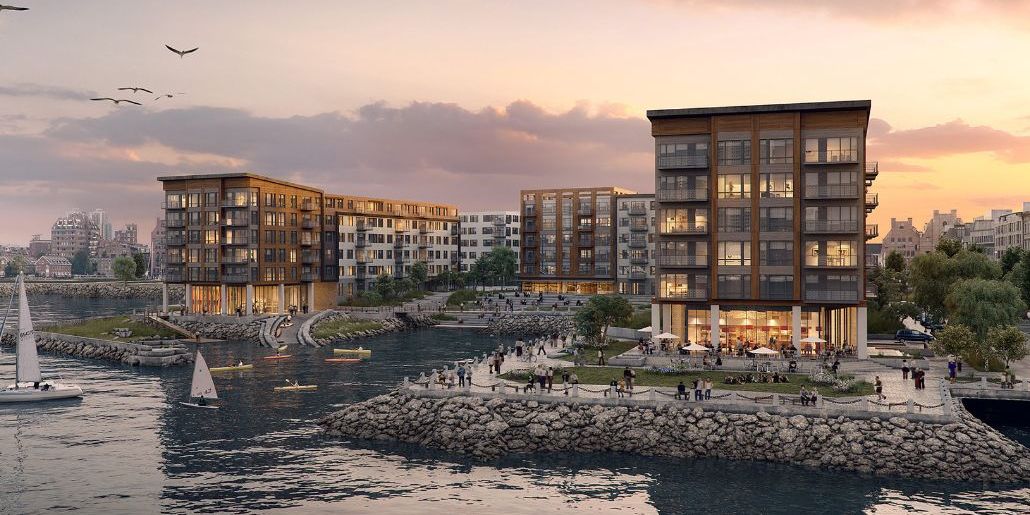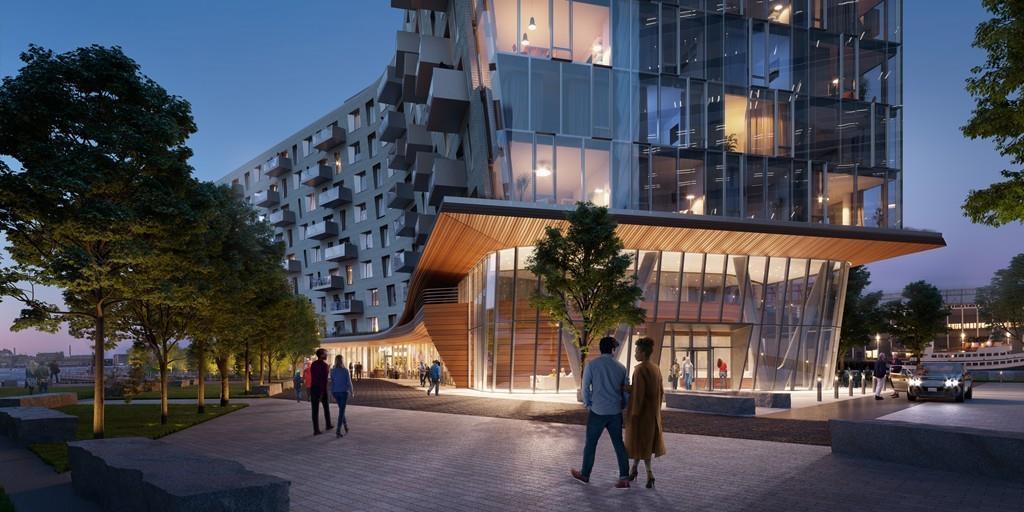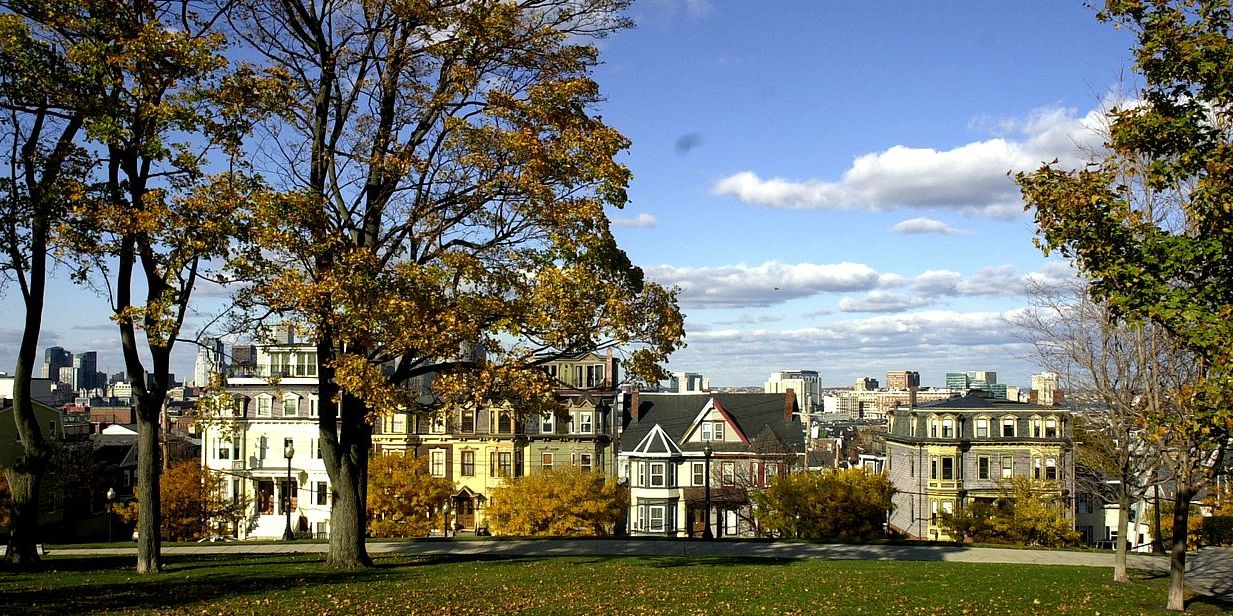Display layers
Airplane noise
Flood zones
Zoning districts
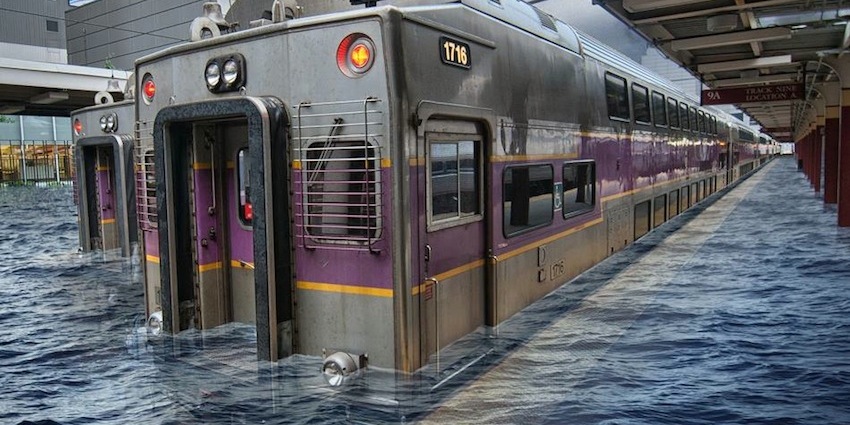
Parts of Charlestown, East Boston, and South Boston (including Fort Point and the Seaport) are already at risk of significant flooding due to storm surges. By 2030, sea levels are expected to have risen nine inches over present levels, according to Next City, and by two to three feet before the end of the century.
This land can settle over time, and as a result can be more vulnerable to horizontal flooding from storm surges. The street flooding in the Financial District and the Seaport in the January 2018 storm was a vivid reminder that these neighborhoods are perhaps more vulnerable to rising sea levels and storm surges. In addition to the waterfront areas, the Charles River Basin is also vulnerable, according to research from Boston University. In 1996, the Muddy River overflowed and flooded the Green Line tunnels up to the ticket booth at Kenmore Square.
